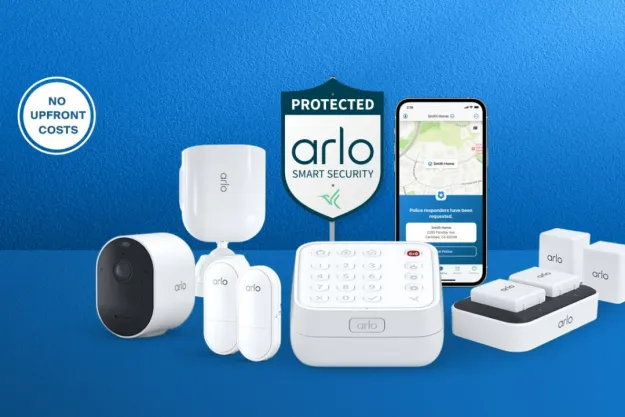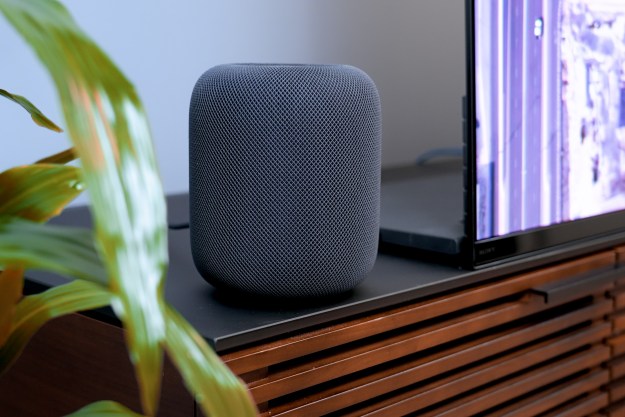
Social networking giant Facebook recently rolled out a host of changes to the site that were intended to emphasize real-time communications and enabling users to keep up with their friends more as have more control over the updates they received. The new functionality has been compared to microblogging service Twitter, enabling users to pick a handful of users or groups from whom they would like to “stream” updates. However, the changes did not go over very well with a portion of Facebook’s existing user community—and those users wasted no time expressing their outrage and dismay with Facebook’s new design. Many found the new design too chaotic and cluttered, as their pages were suddenly festooned with updates they didn’t want and couldn’t control.
And guess what? Facebook has blinked. In a post to the company blog, Facebook Product Director Chris Cox wrote that, while everyone uses FaceBook differently, the company would try to meet its users halfway and introduce filtering technology that will enable users to select which types of content they want appearing in their real-time feeds. Nonetheless, Cox said Facebook intends to push forward with real-time information, and will be adding the capability to put live streams on users home pages, as well as bringing photos into the live streams.
“With the recent home page changes, we’re trying to present the right balance between what’s happening right now and what’s interesting over a longer period of time,” Cox wrote “We realize that both are important and getting them both right is crucial for the product to work.”
Facebook’s promise to tweak its newly-launched live stream capability marks the second time in as many months the company has been forced to backpedal on changes due to protests from its user community; last month, FaceBook was forced to undo changes to its terms of service, which, effectively, claimed Facebook perpetually owned all content posted to the service
Editors' Recommendations
- This Ninja air fryer is $69 for Memorial Day, and it’s selling fast
- Ring is launching its first integrated pan-tilt security camera later this year
- Amazon Alexa vs. Home Depot Hubspace: everything to know about these two smart home platforms
- Hurry and get this Keurig coffee maker while it’s 47% off today
- Grab this 8-quart air fryer deal while it’s $80 off


